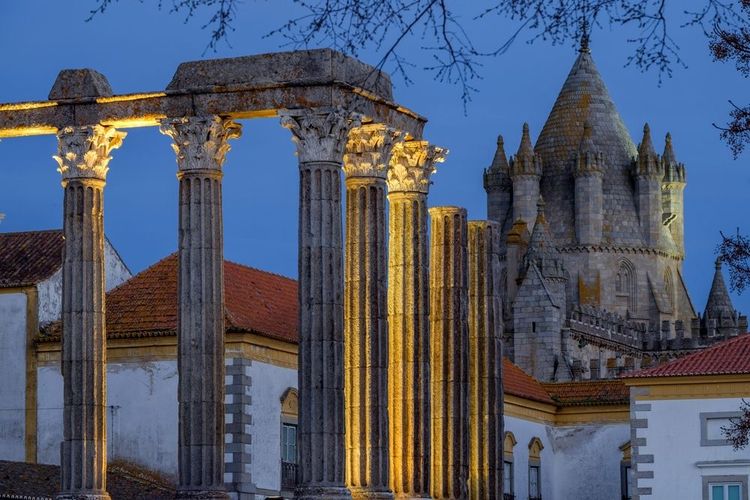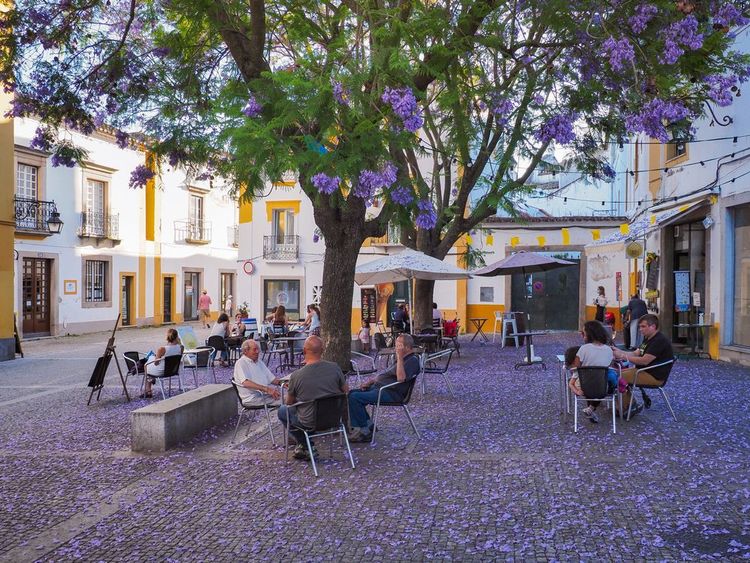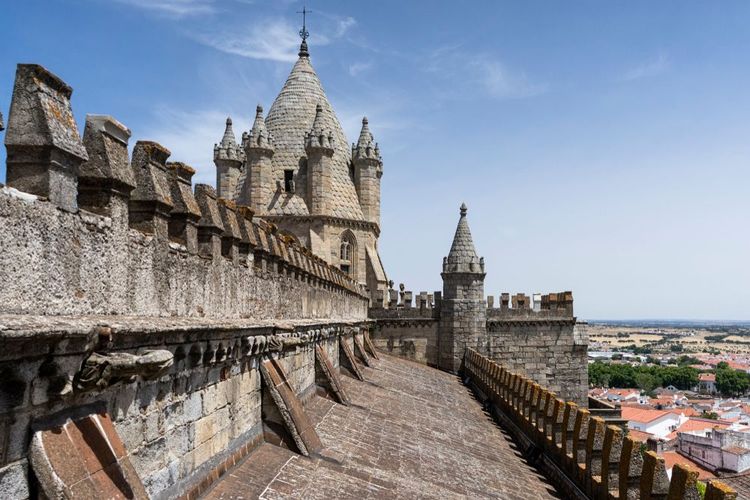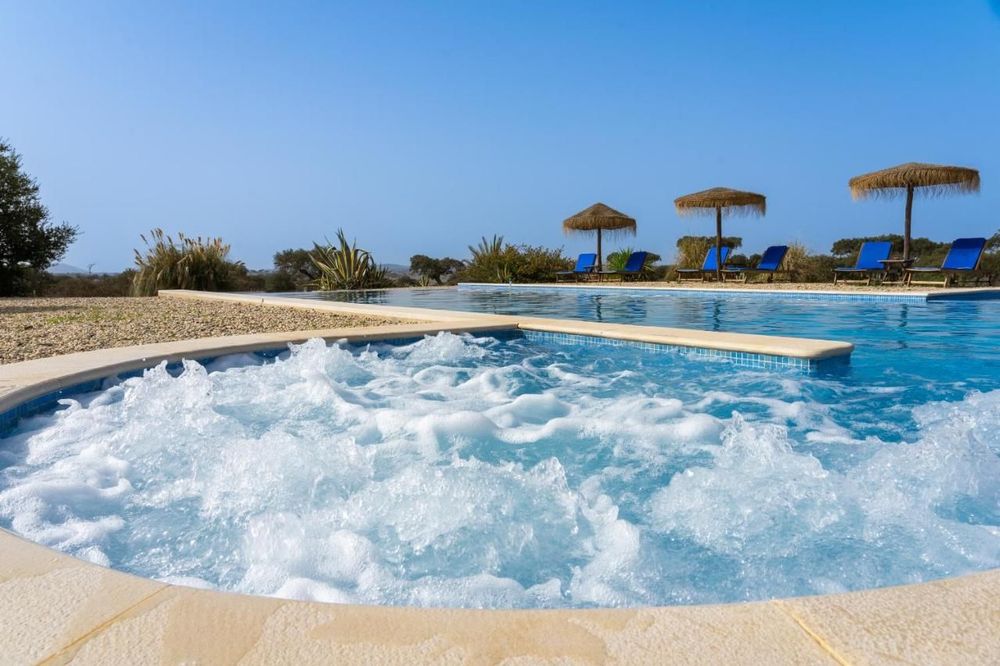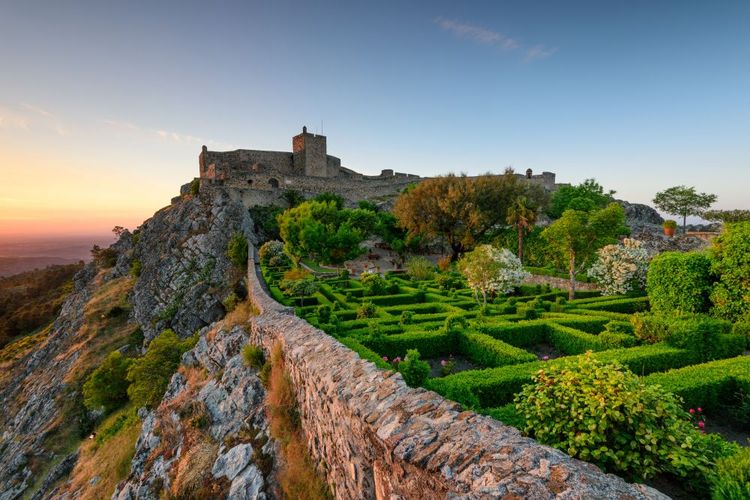The history of the Roman Temple of Évora dates back to the 1st century, when the city of Évora was a Roman colony. The temple was originally built to be dedicated to the emperor Augustus, who reigned from 27 BC to 14 AD.C. However, after the fall of the Roman Empire, the temple was used for religious practices and was dedicated to the goddess Diana, the goddess of procreation, childbirth and hunting. This is why the temple is also called the Temple of Diana. Over the centuries, the monument underwent several transformations and its uses diversified.
In the Middle Ages, the building was used as a church and burial chapel, and during the Renaissance, this magnificent building was requisitioned as a private mansion. It became a gathering place for parties and celebrations.
